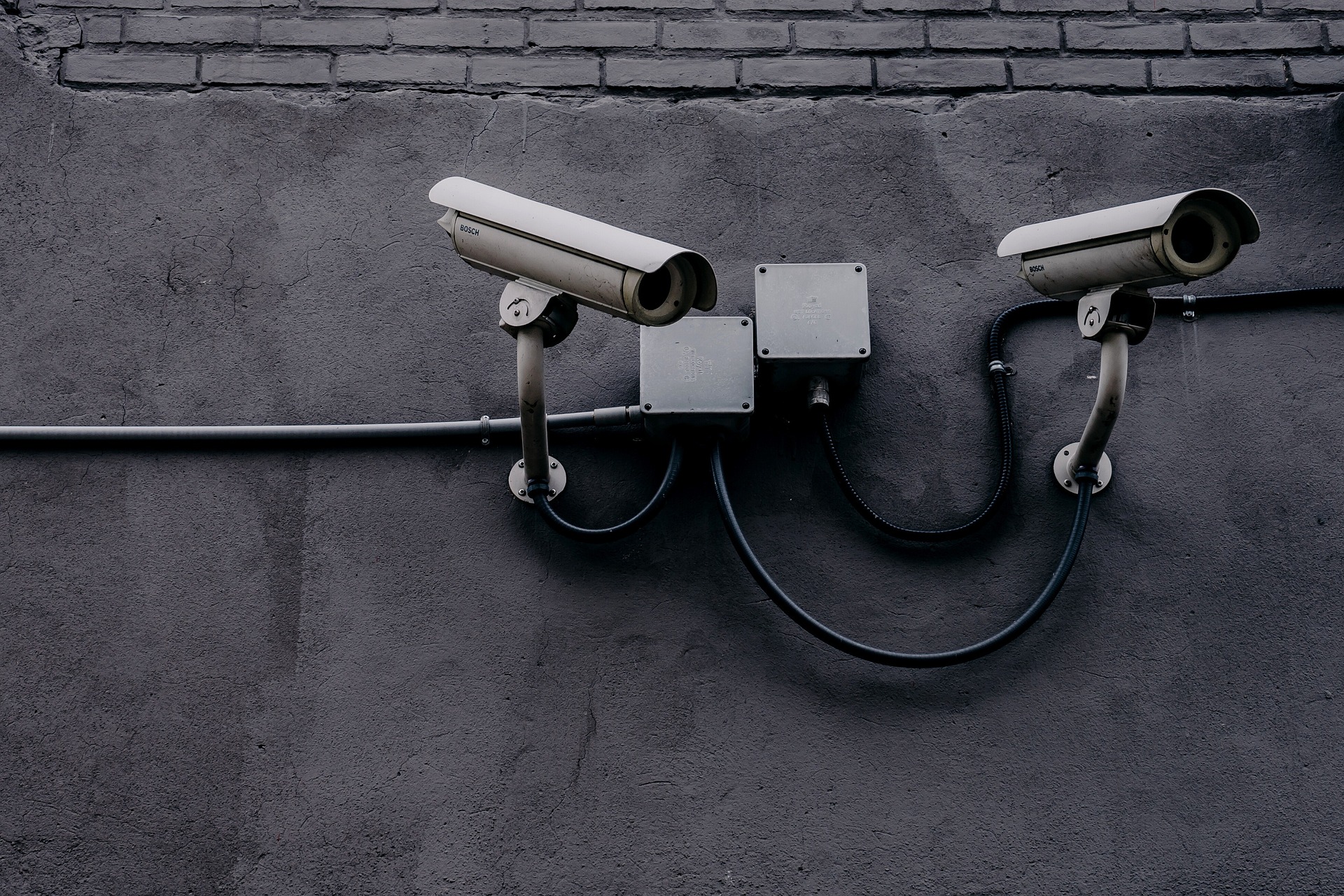The New Standard in Security: Adaptive Systems for Evolving Safety Needs
Security systems are designed to protect homes, businesses, and properties by detecting potential threats and unauthorized access. These systems combine technology and monitoring to offer a sense of safety and prompt response. Understanding the different types of security solutions, their features, and important considerations can help in navigating the options available for various environments and needs.

What are the main types of adaptive security systems?
Adaptive security systems come in various forms, each designed to address specific security challenges. The most common types include:
-
Smart Home Security Systems: These integrate with IoT devices to provide comprehensive protection for residential properties. They can adjust settings based on occupancy, time of day, and detected anomalies.
-
AI-Powered Video Surveillance: Using artificial intelligence and machine learning algorithms, these systems can identify potential threats in real-time and adapt their monitoring focus accordingly.
-
Biometric Access Control: Adaptive biometric systems use multiple factors (fingerprints, facial recognition, retinal scans) and can adjust security levels based on risk assessments.
-
Network Security Systems: These protect digital assets by continuously analyzing network traffic and adapting firewall rules and intrusion detection parameters in response to new threats.
-
Environmental Monitoring Systems: Designed to protect against natural disasters and environmental hazards, these systems can adjust their sensitivity and response protocols based on weather conditions and other external factors.
What are the key components of an adaptive security system?
An effective adaptive security system comprises several interconnected components working in harmony:
-
Sensors and Detectors: These devices collect data from the environment, including motion, heat signatures, sound, and air quality.
-
Central Control Unit: The brain of the system, processing information from sensors and making decisions based on predefined algorithms and machine learning.
-
Communication Network: Enables seamless data transfer between components and external monitoring services.
-
Artificial Intelligence and Machine Learning: These technologies allow the system to learn from patterns and improve its threat detection capabilities over time.
-
User Interface: Provides system status updates and allows users to interact with and configure the security settings.
-
Response Mechanisms: Include alarms, automatic locks, emergency notifications, and integration with local law enforcement or security personnel.
What are the benefits and limitations of adaptive security systems?
Adaptive security systems offer numerous advantages over traditional fixed systems:
Benefits:
-
Improved Threat Detection: By continuously analyzing data and adapting to new patterns, these systems can identify potential security breaches more effectively.
-
Reduced False Alarms: Machine learning algorithms can distinguish between genuine threats and benign activities, minimizing unnecessary alerts.
-
Scalability: Adaptive systems can easily accommodate changes in the protected environment, such as building expansions or new assets.
-
Cost-Effectiveness: By focusing resources on actual threats, adaptive systems can reduce overall security costs in the long run.
-
Proactive Protection: These systems can anticipate potential vulnerabilities and adjust security measures before an incident occurs.
Limitations:
-
Initial Cost: The upfront investment for adaptive security systems can be higher than traditional solutions.
-
Complexity: Advanced features may require specialized training for proper operation and maintenance.
-
Privacy Concerns: The extensive data collection and analysis involved in adaptive systems may raise privacy issues for some users.
-
Potential for System Vulnerabilities: As with any connected technology, adaptive security systems may be susceptible to hacking or other cyber threats if not properly secured.
What installation and maintenance considerations should be kept in mind?
When implementing an adaptive security system, consider the following:
-
Professional Installation: Due to the complexity of these systems, professional installation is often recommended to ensure optimal performance and integration.
-
Customization: Work with security experts to tailor the system to your specific needs and risk profile.
-
Regular Updates: Keep software and firmware up-to-date to maintain system effectiveness and security.
-
Staff Training: Ensure that all relevant personnel are trained in the system’s operation and emergency procedures.
-
Periodic Assessments: Conduct regular security audits to evaluate the system’s performance and identify areas for improvement.
What are the emerging trends in adaptive security technology?
The field of adaptive security is rapidly evolving, with several exciting trends on the horizon:
-
Edge Computing: Processing data closer to the source for faster response times and reduced network load.
-
5G Integration: Leveraging high-speed, low-latency 5G networks for improved real-time monitoring and response capabilities.
-
Predictive Analytics: Using big data and advanced algorithms to forecast potential security risks before they materialize.
-
Quantum Encryption: Implementing quantum-resistant encryption methods to protect against future cybersecurity threats.
-
Autonomous Drones: Integrating autonomous aerial vehicles for dynamic surveillance and incident response.
How do adaptive security systems compare in terms of cost and features?
When considering adaptive security systems, it’s important to compare different providers and their offerings. Here’s a comparison of some leading adaptive security system providers:
| Provider | Key Features | Cost Estimation |
|---|---|---|
| ADT | 24/7 professional monitoring, smart home integration, mobile app control | Starting at $28.99/month + equipment costs |
| Vivint | AI-powered cameras, smart home automation, voice control | Starting at $29.99/month + equipment costs |
| SimpliSafe | DIY installation, flexible monitoring options, wireless sensors | Starting at $14.99/month + equipment costs |
| Frontpoint | Crash and Smash protection, geo-location services, customizable alerts | Starting at $44.99/month + equipment costs |
| Honeywell | Commercial-grade solutions, access control integration, video analytics | Custom pricing based on business needs |
Prices, rates, or cost estimates mentioned in this article are based on the latest available information but may change over time. Independent research is advised before making financial decisions.
In conclusion, adaptive security systems represent a significant leap forward in protecting our homes, businesses, and public spaces. By leveraging advanced technologies and continuously adapting to new threats, these systems provide a more robust and effective security solution than ever before. As the technology continues to evolve, we can expect even more innovative features and capabilities to emerge, further enhancing our ability to create safe and secure environments in an increasingly complex world.




